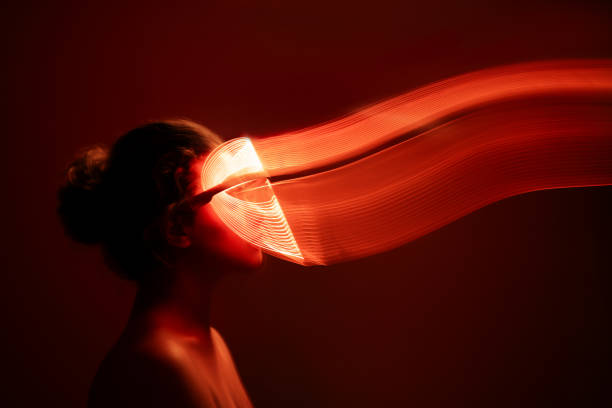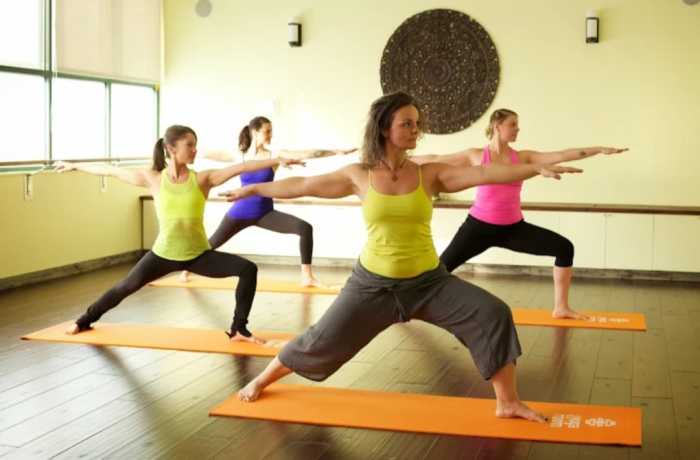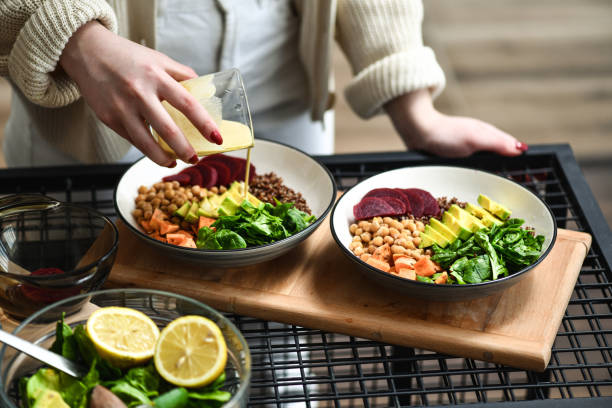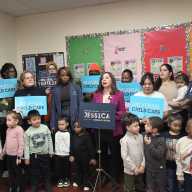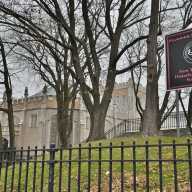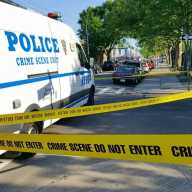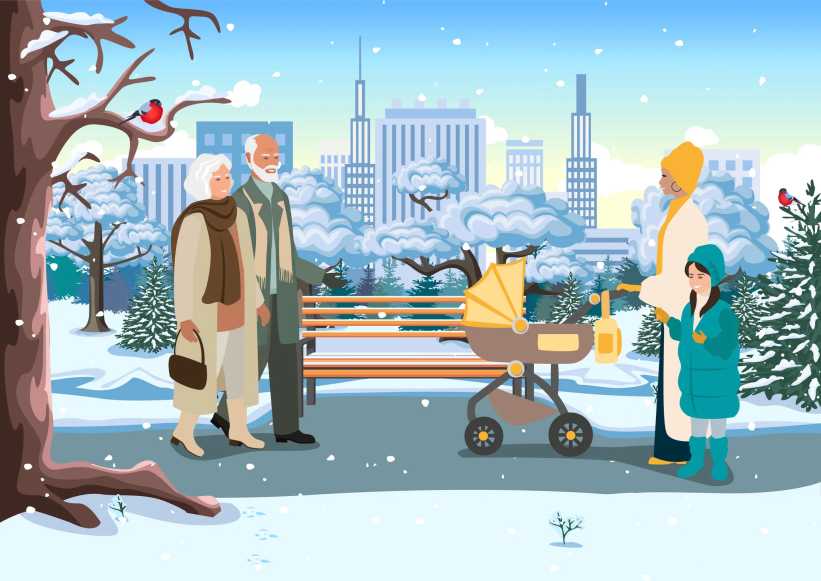Several neighborhoods in western Queens are seeing a spike in positive COVID-19 cases, including Astoria’s Ditmars-Steinway area, Jackson Heights, Corona, Woodside, Maspeth, Rego Park, Ridgewood and Glendale.
Some of those neighborhoods have positive COVID-19 test rates of over 3 percent, while the citywide positivity rate is at 2.52 percent and the statewide rate is at 2.9 percent, according to data released by the city and state, respectively.
In response to the rising COVID-19 rates throughout the state, Cuomo on Wednesday announced a 10 p.m. curfew for restaurants, bars, gyms and indoor gatherings at private residences would begin on Friday, Nov. 13.
“COVID is getting worse by the day. All around the country. The fall surge is here,” Cuomo said on Twitter. “We are taking action but we need New Yorkers to do their part. Wear a mask. Get tested. Follow all health guidelines. Take this seriously.”
The following ZIP code data from the city is broken down by western Queens ZIP codes as of Nov. 11:
- Ditmars-Steinway (11105): 4.84 percent, with 55 people who’ve tested positive out of more than 1,100 tested
- Jackson Heights (11370 and 11372): 3 percent each, with 25 people who’ve tested positive out of nearly 800 tested (11370) and with 65 people who’ve tested positive out of more than 1,900 tested
- Elmhurst (11373): 3.72 percent, with with 89 people who’ve tested positive out of nearly 2,400 tested
- Corona (11368): 3.59 percent, with 83 people who’ve tested positive out of more than 2,300 tested
- Woodside (11377): 2.67 percent, with 67 people who’ve tested positive out of more than 2,500 tested
- Maspeth (11378): 2.34 percent, with 20 people who’ve tested positive out of nearly 900 tested
- Middle Village (11379): 2.71 percent, with 27 people who’ve tested positive out of nearly 1,000 tested
- Rego Park (11374): 3.18 percent, with 37 people who’ve tested positive out of more than 1,100 tested
- Woodhaven (11421) 2.93 percent, with 26 people who’ve tested positive out of nearly 900 tested
- Ridgewood and Glendale (11385): 2.69 percent, with 60 people who’ve tested positive out of more than 2,200 tested
Other ZIP codes in Queens with high infection rates include Richmond Hill at 5 percent (11418), parts of Jamaica at 3.45 percent (11432) and Hollis at 3.41 percent (11423).
There are several dozen more ZIP codes throughout the five boroughs with infection rates above 3 percent, namely in Staten Island.
Mayor Bill de Blasio expressed concern over the possibility of a second wave, but has also emphasized the possibility of stopping it before it comes if everyone acts immediately to mitigate the spread.
De Blasio said schools would close in areas with higher rates of positive cases if the city’s seven-day positivity rate hits 3 percent.
On Wednesday, de Blasio said the seven-day infection rate average is at 2.52 percent.
Today’s indicators:
• 94 patients admitted to the hospital
• 817 new cases
• The infection rate 7-day average is 2.52%This is our LAST chance to stop a second wave.
We can do it, but we have to act NOW.— Mayor Eric Adams (@NYCMayor) November 11, 2020
“We cannot take the risk of going back to larger shutdowns of our city, our economy, more and more restrictions. We cannot take that risk. We have to change what we do in light of this situation,” said de Blasio during a morning press conference on Monday, Nov. 9.
With the holidays quickly approaching, city officials are advising against families and friends celebrating they way they have in years past.
The city put together a set of guidelines for the holidays in addition to general COVID-19 prevention guidance under their “Getting Together Safely” including hosting virtual parties, walks around your neighborhood, socially distant caroling and minimal to no traveling.
Additionally, the city’s updated COVID data is meant to encourage New Yorkers to stay informed.
“Data is the lifeblood of our COVID-19 response,” said Health Commissioner Dr. Dave A. Chokshi. “An informed and watchful City is one the best defenses against COVID-19. However, regardless of what may be happening in your neighborhood, we encourage everyone to continue wearing their masks, keeping their distance, washing their hands, getting tested, and staying home if ill.”
To find testing information, visit www.nyc.gov/health/coronavirus.



